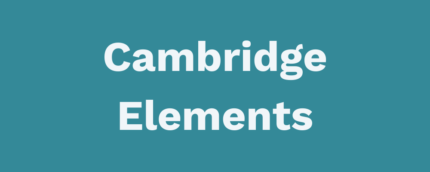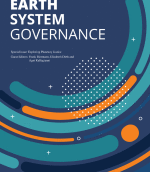Highlights
- We observe leaders and laggards among Gulf Cooperation Council states in renewable energy adoption
- Variation indicators are share of renewable energy within total energy mix, total and per capita installed renewable energy.
- United Arab Emirates and Qatar are leaders; Saudi Arabia, Kuwait, Bahrain, and Oman are laggards.
- Policy transfer and political leadership play the most significant role in this variation.
- International Regime shows no effect on this variation.
Abstract
While the member states of the Gulf Cooperation Council have economically and politically been dominated by the exploitation of fossil fuels, recent years have seen an increasing adoption of renewable energy technologies, the reasons of which are not yet sufficiently understood. This paper argues that the recent adoption of renewable energy technologies in the Gulf and its striking variation can be explained by theories of policy transfer. In addition, we find some support for the alternative hypothesis of endogenous policy development regarding political leadership. Yet there is no support for the alternative hypothesis of a strong direct influence of the international climate regime. Furthermore, the policy transfer hypothesis and political leadership stand as coexisting influences on renewable energy adoption, rather than competing ones. Based on an extensive study of primary and secondary sources, local reports and country analyses of international organizations, and personal interviews with key experts, this paper lays out in detail how transfers of renewable energy policies take place in the Gulf; their drivers; and their impacts. We also discuss the factors that lead countries to lag behind, which can be helpful for prospective research on a more extensive utilization of renewable energy in the region and beyond.
Keywords: Gulf Cooperation Council; Renewable energy; Policy transfer; Endogenous policy; International regimes









